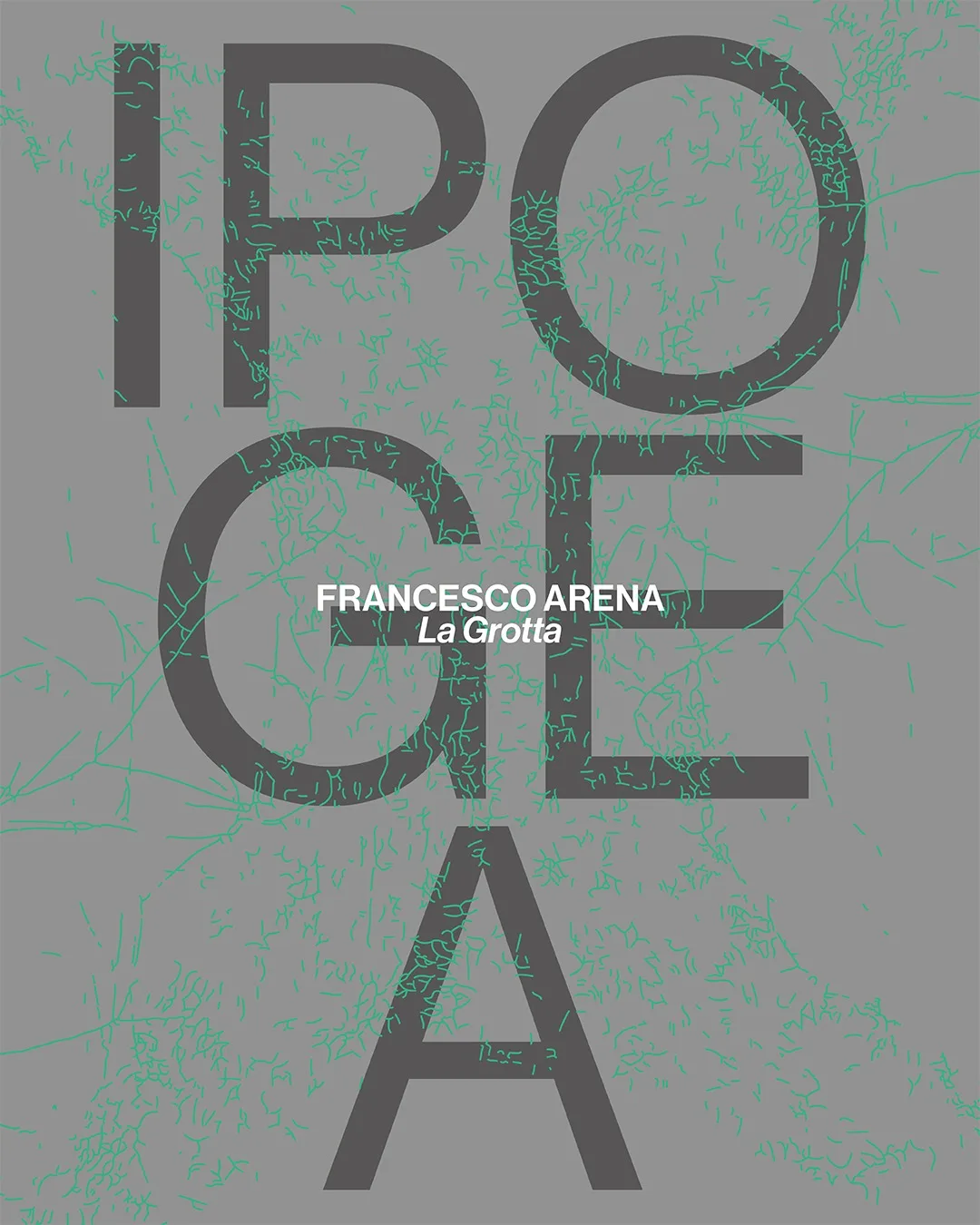Descrizione
IPOGEA è la nuova tappa del percorso avviato dal Comune di Parabita con il programma “Parabita per il contemporaneo”, che ha preso avvio nel 2024 con Votiva e con l’obiettivo di restituire centralità culturale, simbolica e civile al territorio attraverso il linguaggio dell’arte. Ipogea invita a spostare lo sguardo verso il sottosuolo parabitano: un mondo silenzioso e stratificato, ricco di storia e di potenzialità espressive. Proprio i vani ipogei – antichi frantoi, cavità naturali e architetture invisibili – diventano il punto di partenza per una nuova riflessione sulla contemporaneità, sulla memoria condivisa e sul paesaggio interiore di una comunità.
FRANCESCO ARENA, LA GROTTA
Piazza della Vittoria
Ipogea si apre con La Grotta di Francesco Arena, artista di spicco della sua generazione e già protagonista del progetto Votiva. Curata da Carmelo Cipriani, con la direzione artistica di Giovanni Lamorgese, l’opera è un’installazione site-specific che richiama il concetto di ipogeo in chiave simbolica, coniugando riflessione archeologica ed esistenziale. Arena utilizza due antiche vasche in pietra leccese, un tempo impiegate nella produzione dell’olio, per creare un varco simile a una grotta. Questo spazio, evocativo e silenzioso, diventa luogo di trasformazione e introspezione, richiamando tanto la grotta primordiale quanto il frantoio ipogeo.
Il titolo dell’opera si collega simbolicamente alla Grotta delle Veneri di Parabita, dove nel 1965 furono ritrovate statuette preistoriche, oggi custodite nel Museo Archeologico di Taranto. Come quella grotta, anche l’installazione di Arena diventa spazio protettivo e meditativo, in cui la pietra si fa memoria e pensiero.
All’interno delle vasche sono presenti due scritte al neon: ESSERE e TEMPO. Separate, evocano la tensione tra l’eternità e la fugacità della vita; insieme, suggeriscono una riflessione sull’esistenza come fluire temporale. Il neon, tecnica inedita per l’artista, genera una luce fisica e quasi tangibile che di notte trasfigura lo spazio, amplificando il dialogo tra materia e spirito, visibile e invisibile. L’opera, infine, riconnette idealmente i frantoiani del passato ai loro antenati preistorici, tracciando una linea identitaria che lega tempo, memoria e territorio.
IPOGEA marks the latest chapter in the cultural itinerary initiated by the Municipality of Parabita through the programme Parabita for Contemporary Art, launched in 2024 with Votiva. The project seeks to restore cultural, symbolic, and civic centrality to the territory through the lens of contemporary artistic practice.
With Ipogea, attention turns to the subterranean landscape of Parabita - a silent, stratified world, steeped in history and imbued with expressive potential. These underground spaces - ancient olive presses, natural cavities, and hidden architectures - serve as the conceptual and physical foundation for a renewed reflection on the contemporary, on collective memory, and on the interior landscape of a community.
FRANCESCO ARENA, LA GROTTA
Piazza della Vittoria
Ipogea opens with La Grotta by Francesco Arena, a leading figure of his generation and previously a central voice in the Votiva project. Curated by Carmelo Cipriani, with artistic direction by Giovanni Lamorgese, the work is a site-specific installation that evokes the concept of the hypogeum in a symbolic register, intertwining archaeological resonance with existential reflection.
Arena employs two ancient Lecce stone basins - once used in olive oil production - to shape a passage resembling a cave. This evocative, silent space becomes a site of transformation and introspection, recalling both the primordial cave and the underground olive press.
The title of the work alludes symbolically to the Grotta delle Veneri (Cave of the Venuses) in Parabita, where in 1965 prehistoric figurines - now on display in the National Archaeological Museum of Taranto - were unearthed. Like that cave, Arena’s installation becomes a space of protection and meditation, in which stone itself becomes memory and thought.
Inside the basins, two neon inscriptions - ESSERE (being) and TEMPO (time) - have been installed. Viewed separately, they evoke the tension between the eternity of time and the transience of life; viewed together, they suggest a meditation on existence as a temporal flow. Neon, a medium previously unexplored by the artist, produces a luminous, almost tactile presence that at night transforms the surrounding space, heightening the dialogue between matter and spirit, the visible and the invisible.
Ultimately, the work draws an ideal connection between the olive workers of the past and their prehistoric ancestors, tracing a symbolic line of identity that binds together time, memory, and territory.
